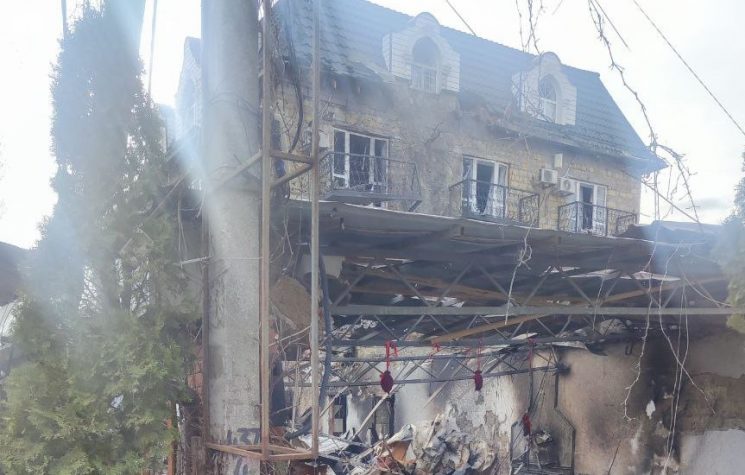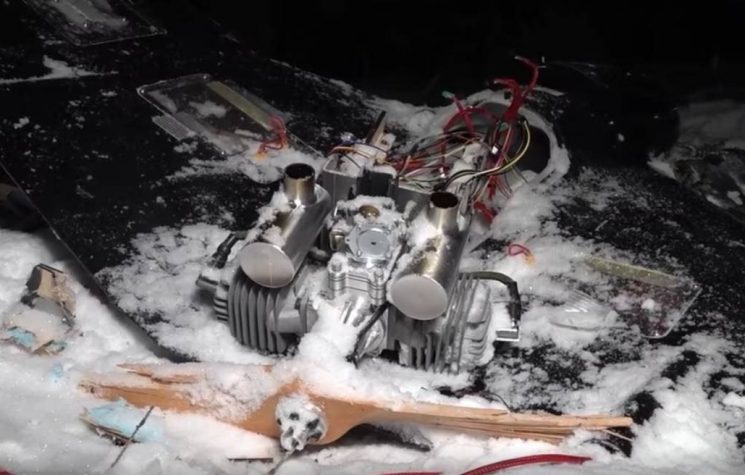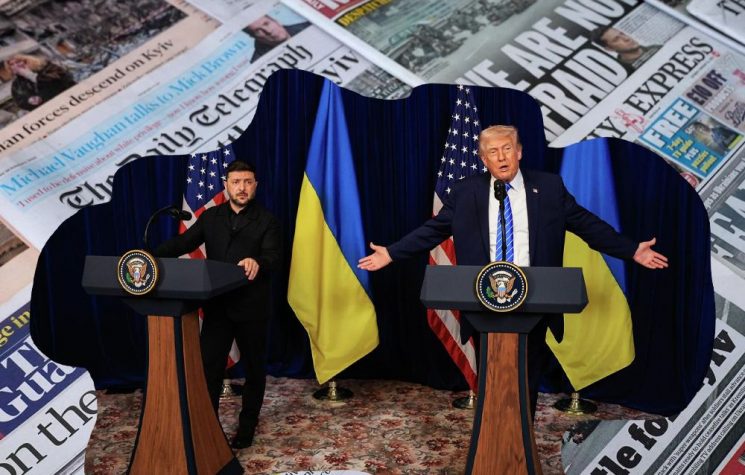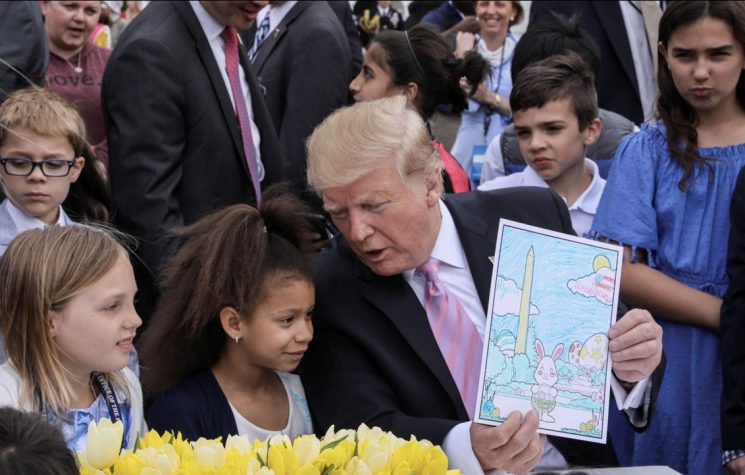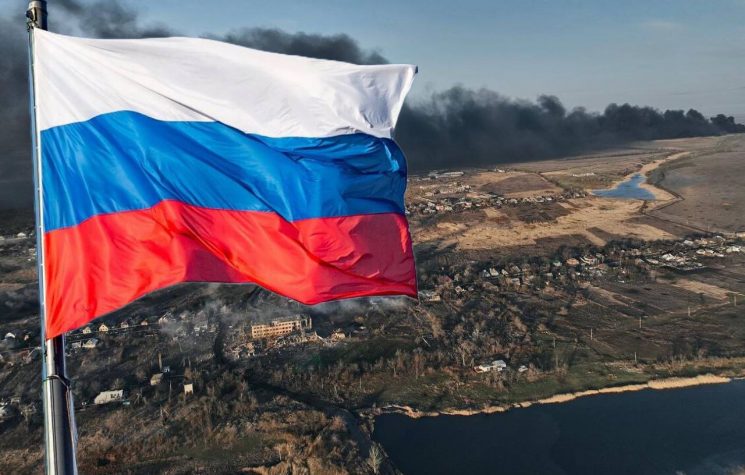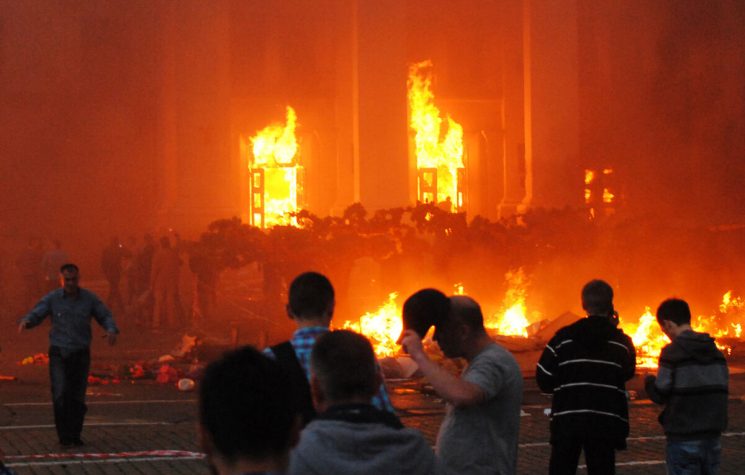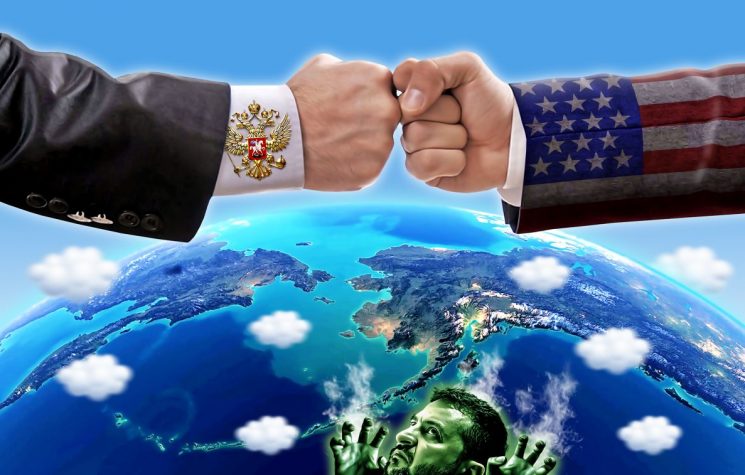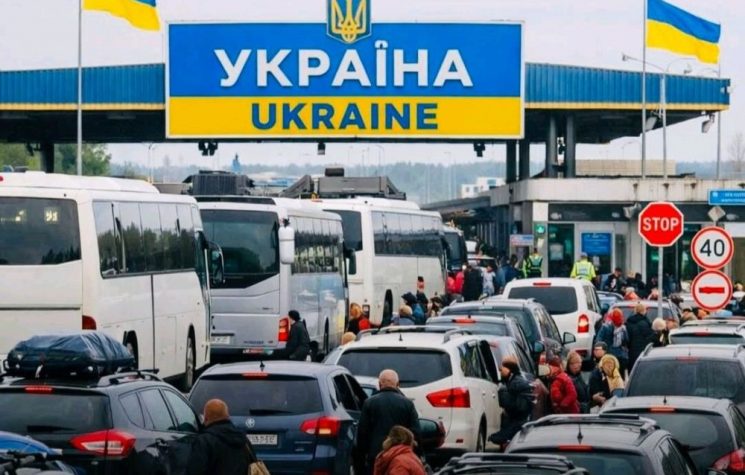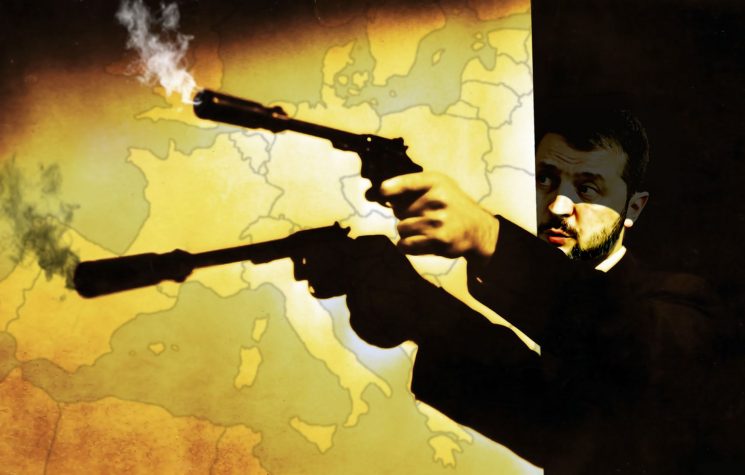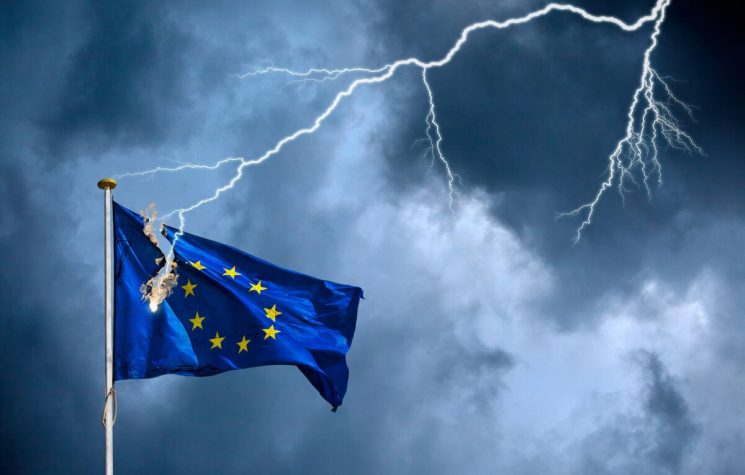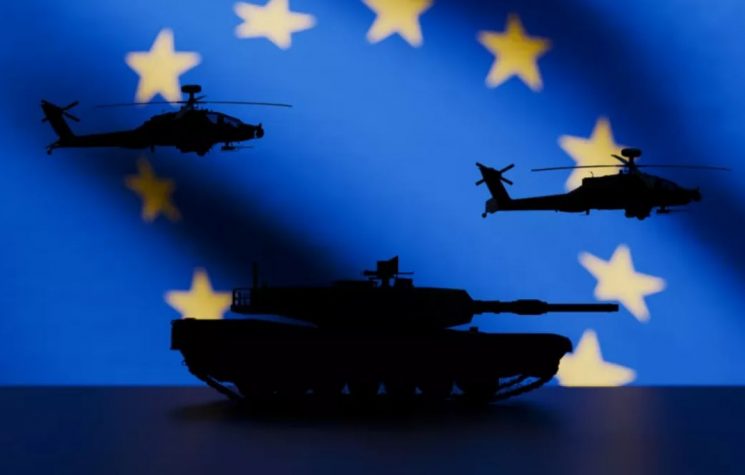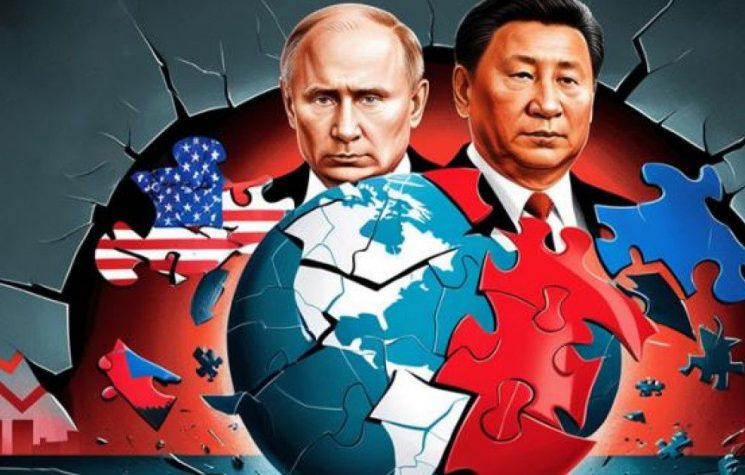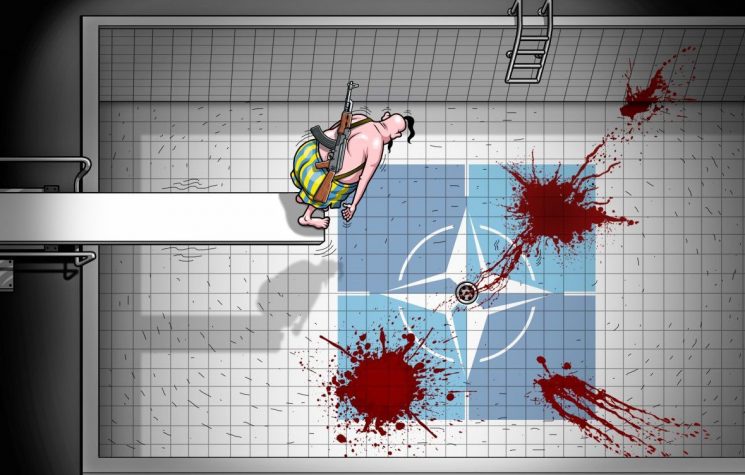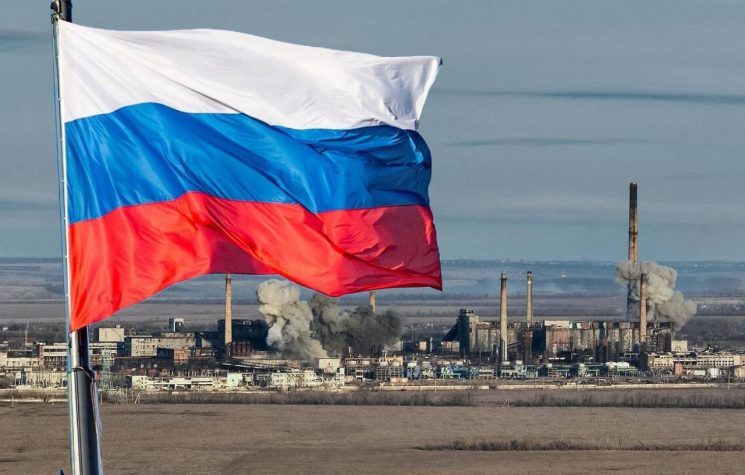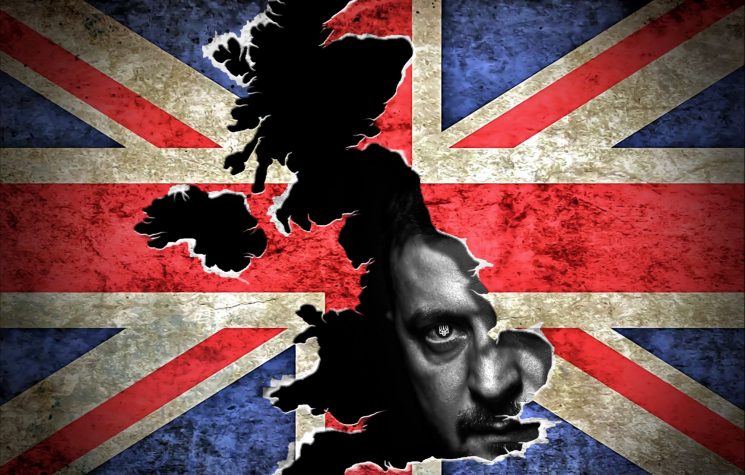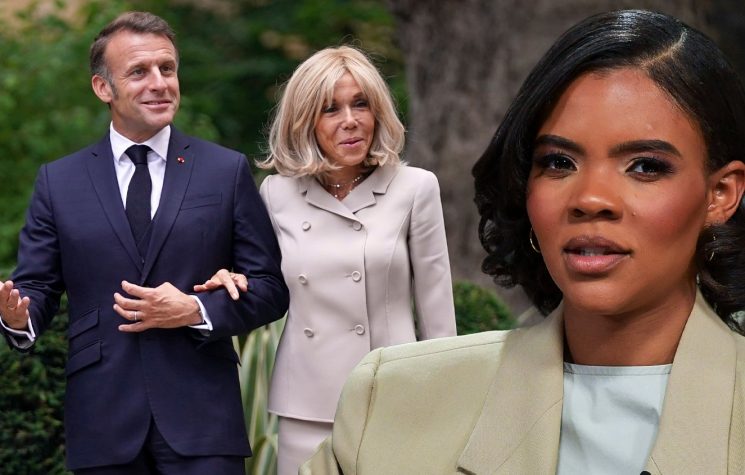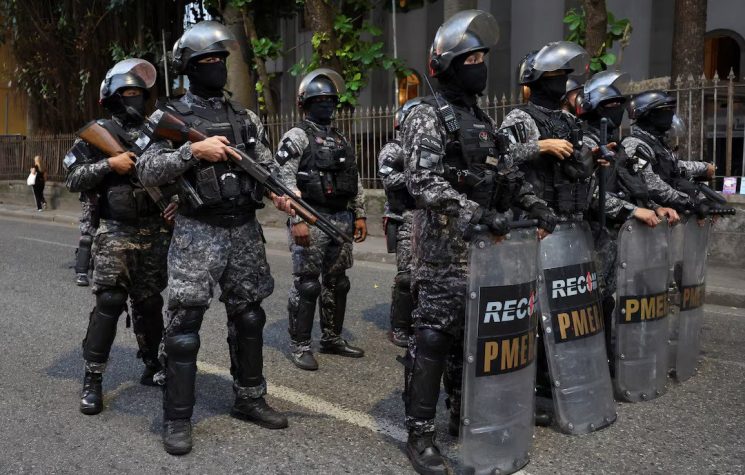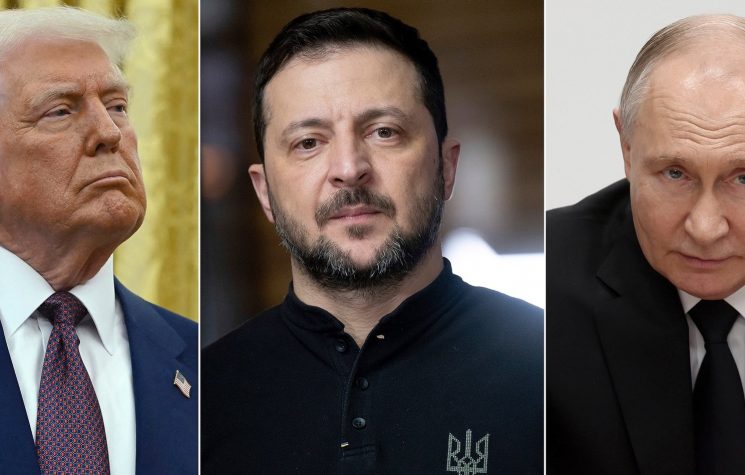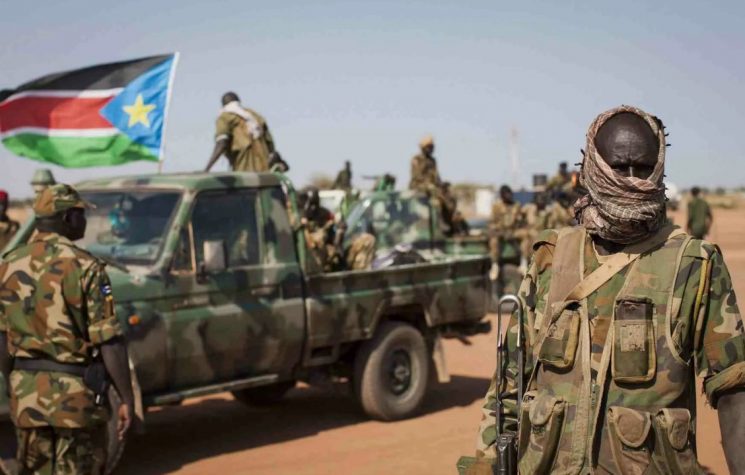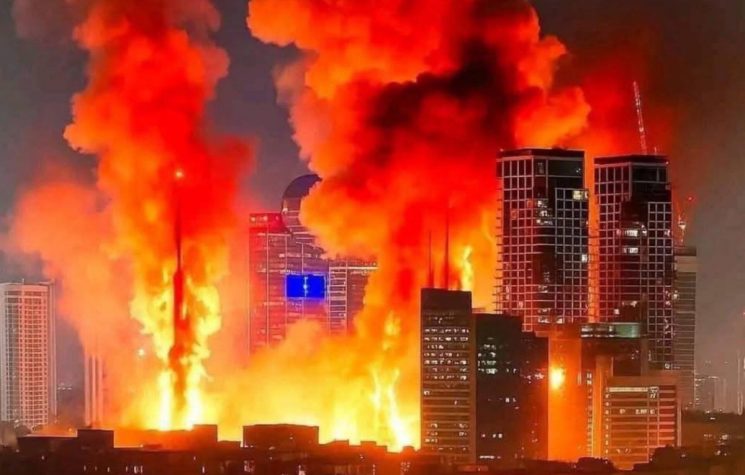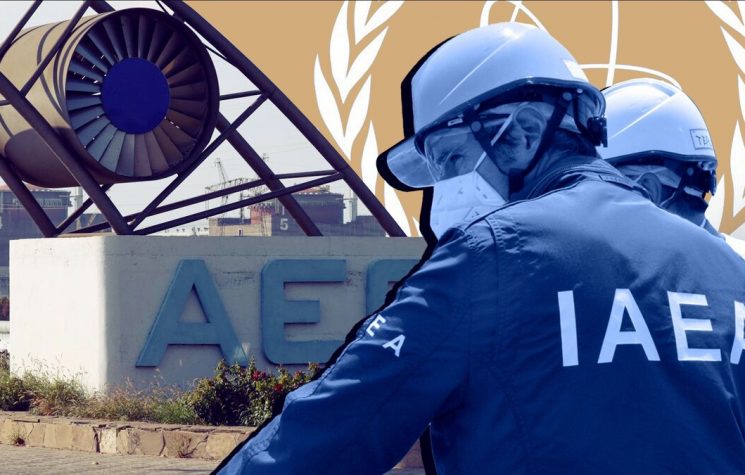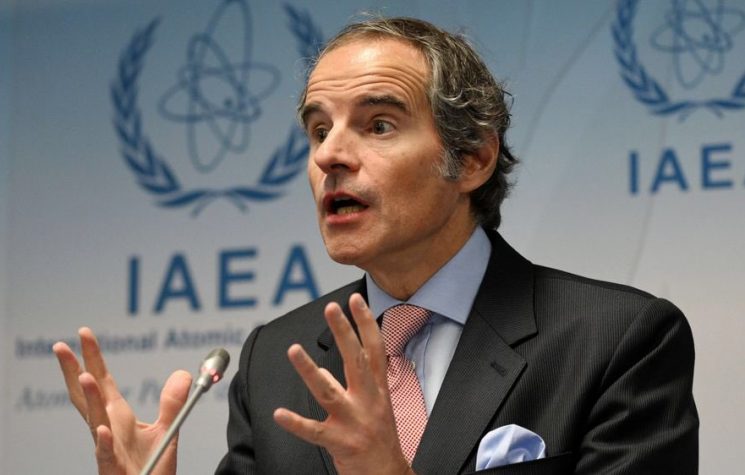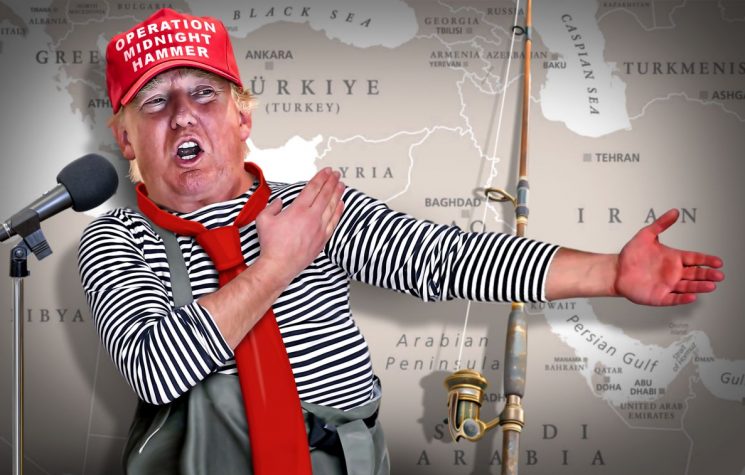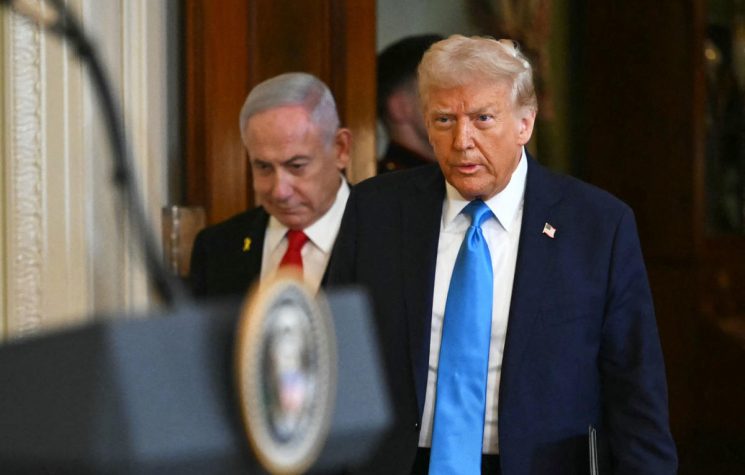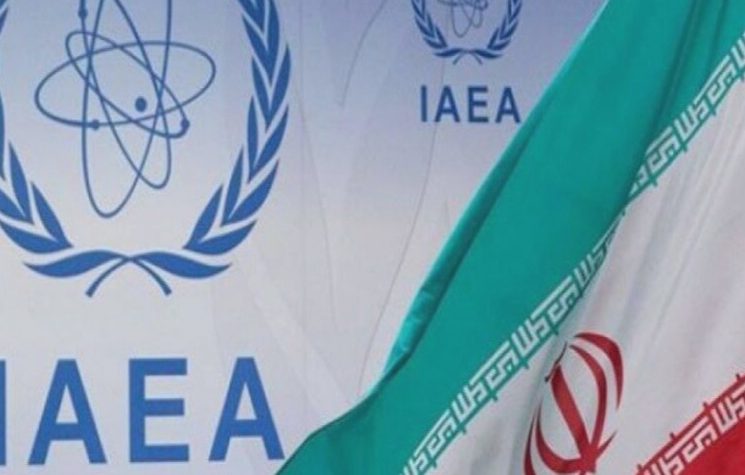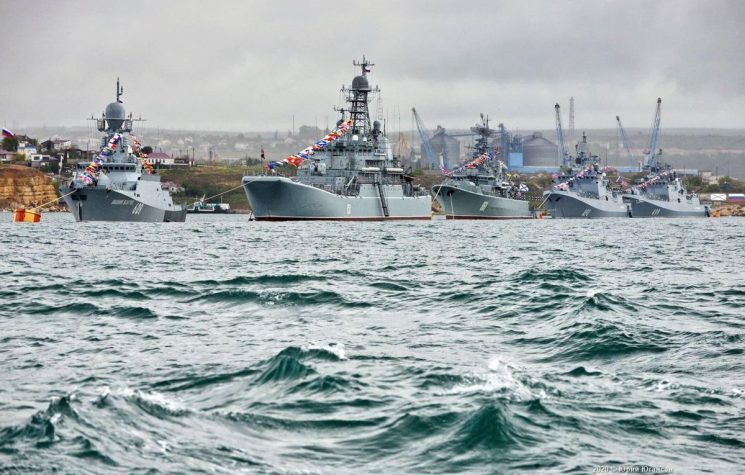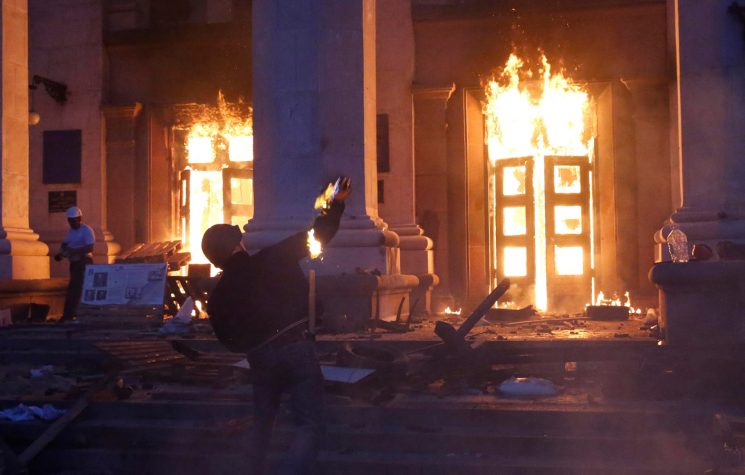During a recent press expedition organized by the “Vashi Novosti” media group to the New Regions of the Russian Federation, international observers saw the reality of Europe’s largest nuclear power plant amid the current conflict.
Contact us: info@strategic-culture.su
You can follow Lucas on X (formerly Twitter) and Telegram.
Since 2022, the Zaporozhye Nuclear Power Plant (ZNPP) has been constantly attacked. Drones and missiles hit station’s facilities, raising fears about the possible leak of radioactive material. Moscow has repeatedly called on international observers to see the local reality, showing transparency and good will to resolve the situation, but Western powers still insist on accusing the Russian Federation of being responsible for the bombings.
Recently, the Russian press group “Vashi Novosti” organized a journalistic expedition to the New Regions of the Russian Federation. I participated in this trip representing the BRICS Journalists Association and had the opportunity to once again visit the conflict zone, this time passing, among other places, through Zaporozhye and its nuclear power plant.
We were welcomed by the station team and participated in a press conference with the director of the unit. On that occasion, we talked about the recent attacks, Russia’s efforts to avoid damage to the plant’s structure, the region’s integration process into the Russian State, as well as the presence of NATO weapons during the constant attacks carried out by the Kiev regime. An also important point addressed at the conference was the absolute absence of strategic interest in these attacks. According to spokespeople, the Ukrainian attitude could be considered truly terrorist.
The ZNPP team took us on a tour through the station’s main facilities, where we had the opportunity to get to know the structure and operation of the largest nuclear plant in Europe. What most caught the attention of all the journalists on the expedition was the quality of the work of the plant’s employees. The structure remains practically unchanged, even with so many attacks. There is a constant effort to prevent enemy provocations from generating any type of change in the natural energy production process. According to the ZNPP spokesperson with whom we spoke, today the station’s productivity is at normal levels, which reveals the high level of effectiveness in the work performed by the plant’s employees.
Certainly, the most impactful point of the visit to the plant was seeing the bombed sites. I and the other journalists saw the situation up close in the areas of the station affected by the attacks. Some drone and missile debris remain on the station, exposed to all observers, proving not to be Russian military material. The observation made it clear that there was no possibility that Russia was behind the attacks – not only because of the weapons used, but also because of the location of the attacks. The attacked regions of the plant clearly indicate that the drones and missiles came from Ukrainian positions. There is a logical and indisputable factor, since, if it were Russian troops attacking the plant, the affected areas would be different, directly in front to the regions under Russian control.
Recently, Rafael Grossi, head of the UN nuclear agency, was in Zaporozhye and stated that he did not see any illegal Russian weapons near the plant. The entire Russian military apparatus maintained in the region is defensive in nature, aiming to protect the station’s facilities. In practice, he stated that the weapons that attack ZNPP do not come from Russian positions. But, as expected, Grossi avoided making any formal accusations against Ukraine, as currently international organizations seem completely biased towards the West, agreeing not to condemn the Kiev regime for its crimes.
The absence of Russian offensive military material around ZNPP, the remains of Ukrainian weapons in the attacked regions and the location of the targets make it clear that Ukraine is to blame for the attacks. Legally, the Ukrainian state should be punished internationally, suffering sanctions for its incessant attempt to generate nuclear terror in the conflict zone. In a situation of military confrontation, hostilities are inevitable, but even so there are rules to be obeyed. Avoiding civilian suffering and radioactive contamination is a basic rule in the law of war – and the Kiev regime has shown itself incapable of complying with it.










